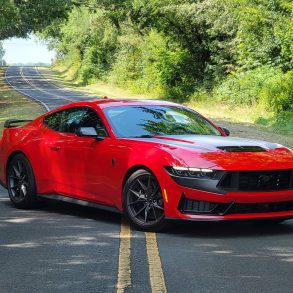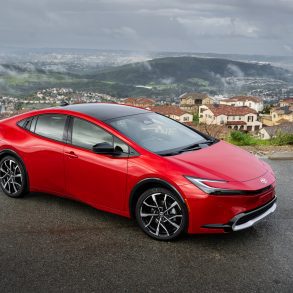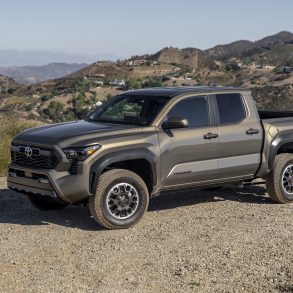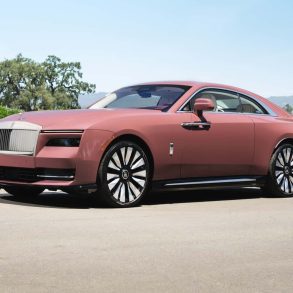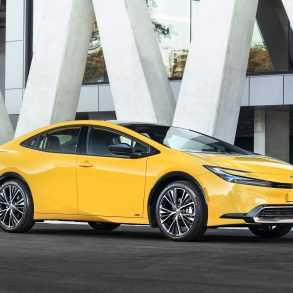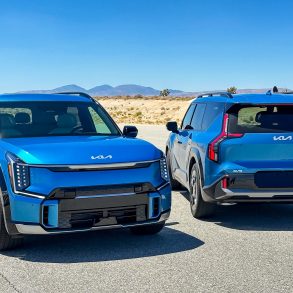The history of Volkswagen dates back several decades. Embodied in that history is the desire to create a vehicle accessible to all. The first Volkswagen car was born in a competition where entrepreneurs submitted their best ideas to develop the “people’s car” (Volkswagen).
Through the years, Volkswagen has built a reputation for making affordable and reliable cars with a timeless design and excellent resale value for over eighty years. Nowadays, Volkswagen is often regarded as a cult brand since many VWs have become popular culture icons worldwide.
Volkswagen has also maintained its philosophy of building sleek-styled cars, never over the top or extravagant. Perhaps this is one of the reasons why so many different types of enthusiasts appreciate these cars—the kind of person who wants a vehicle with a timeless design that doesn’t follow trends.
Today, the German brand has claimed the title of the largest car manufacturer in the world, and these are the most iconic cars that shaped VW’s history.
Volkswagen Type 1 (VW Bug)
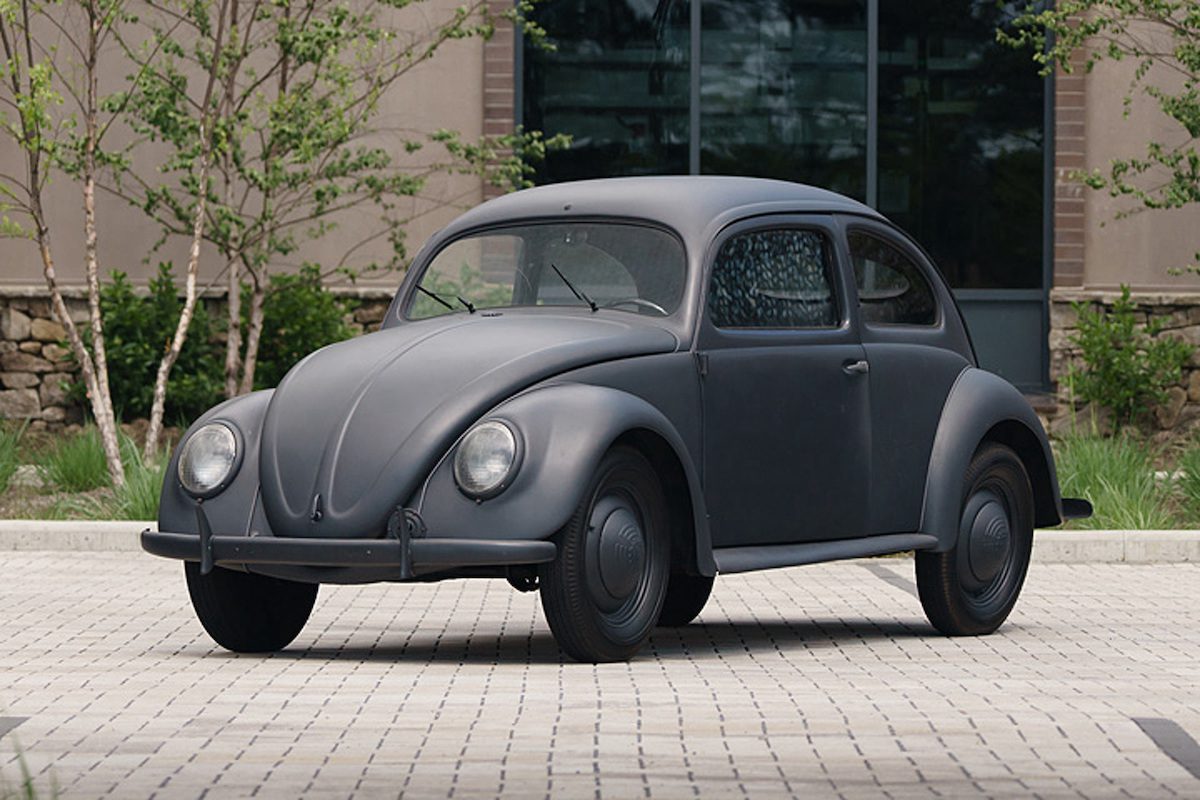
It was the distant year 1938. Nations were in full development, and the great minds conceived new ideas that would revolutionize the world’s future in all areas. One of the essential engineers of the time was Béla Barényi is credited with the conception of the original design of the Beetle in 1925, initially called the Volkswagen Type 1.
The German government needed an affordable Volkswagen (literally “people’s car”) that could hit 60 mph and go 60 miles on less than two gallons of gas. Therefore, the Volkswagen Type 1 Featured a 986 cc boxer engine with 22.5 horsepower at 3,200 RPM.
Its price contained in full economic recovery after WWI made the VW Beetle a true bestseller. However, in North America, it wasn’t so successful at first since it was a model far removed from the large and powerful vehicles sold at the time.
It was not until 2003 when the last unit, number 21,529,464, left the brand’s factory in Mexico.
Volkswagen Bus (Kombi)
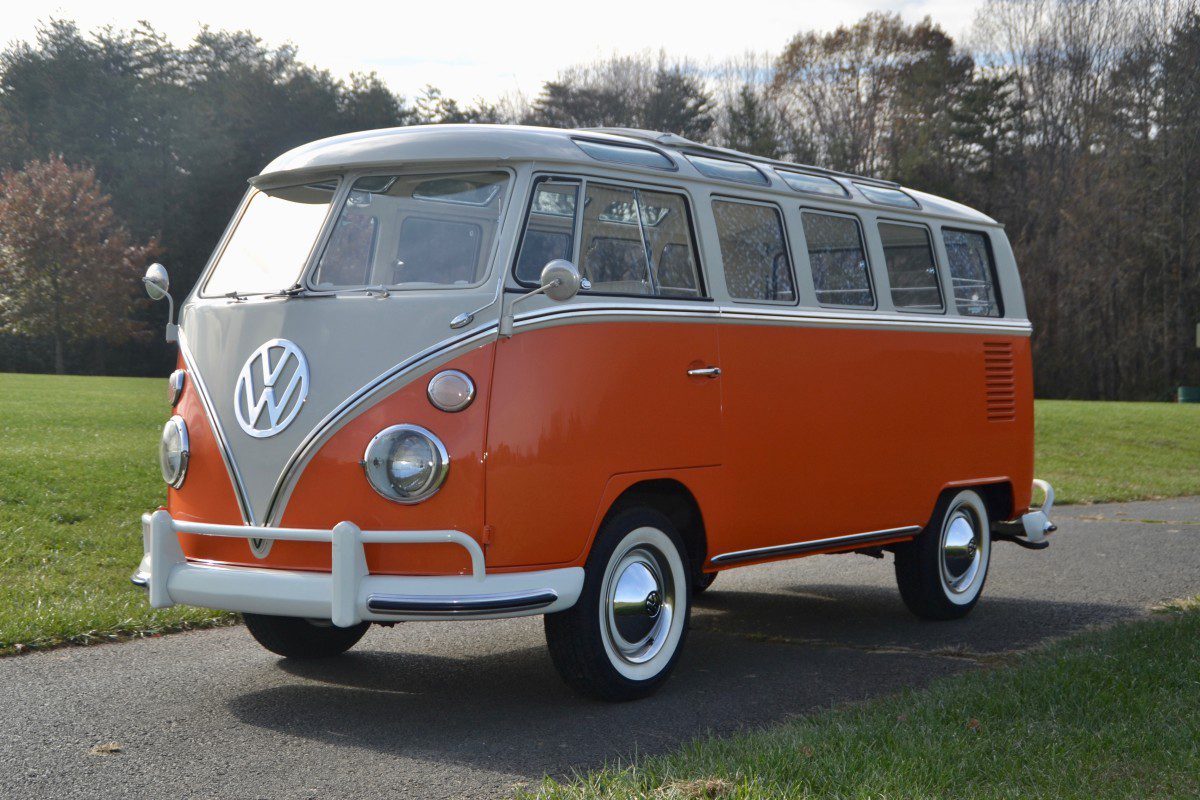
The Transporter, Combi, Bulli, or simply the VW Bus has become, 70 years after its creation, the longest-running commercial vehicle in history. To date, VW has produced over 13 million units of the Transporter.
On March 8, 1950, the first Transporter came out of the Volkswagen plant in Wolfsburg; it was named the Type 2. After the Beetle (Type 1), this was the second worldwide bestseller for Volkswagen.
In the 1950s, the emerging economy in Europe needed a vehicle bigger than the VW Bug. Volkswagen’s original proposal for a compact commercial vehicle with the maximum use of space was a boxer engine in the rear, with the driver positioned far ahead and plenty of room in the middle. These are the characteristics of the first-generation VW bus.
The engine on the first-gen VW Bus made just 25 horsepower, later increased to 44 horsepower thanks to the introduction of the 1.5-liter engine.
Volkswagen Golf
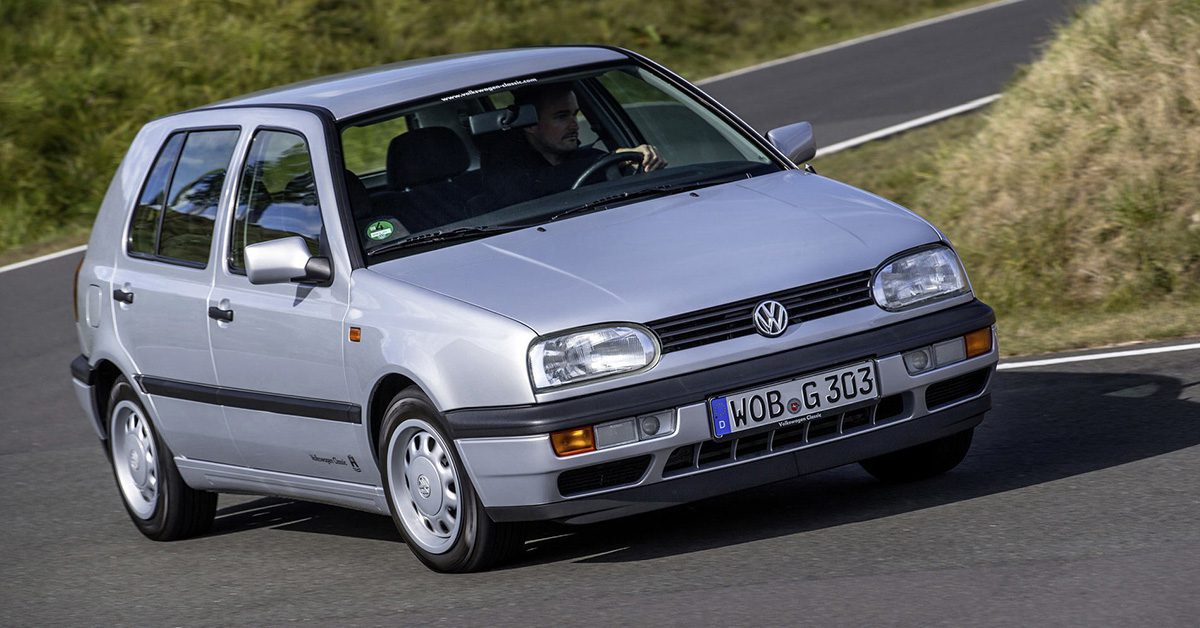
Many regard the Golf as the first compact car in history. However, this honor belongs to the Alfa Romeo Alfasud, launched in 1971. Still, the Germans created a fun, reliable car that became the quintessential compact that started a trend and still sets the pace of its segment.
In the past 47 years, Volkswagen has sold more than 35 million Golf units, making it its best-selling car, ahead of its predecessor, the Beetle. Every 41 seconds, Volkswagen sells a Golf somewhere in the world.
Giorgetto Giugiaro, the famous Italian designer, created the hatchback body approach for the Golf that was revealed at the 1974 Geneva Motor Show and became an immediate success.
The first-generation Volkswagon Golf was created with an inline four-cylinder transverse engine on the front axle that sent power to the front wheels. Under the hood, the Golf came with a 1.1-liter that produced 50 hp and a 1.5-liter making 70 horsepower through a four-speed manual transmission or three-speed automatic.
Volkswagen Jetta
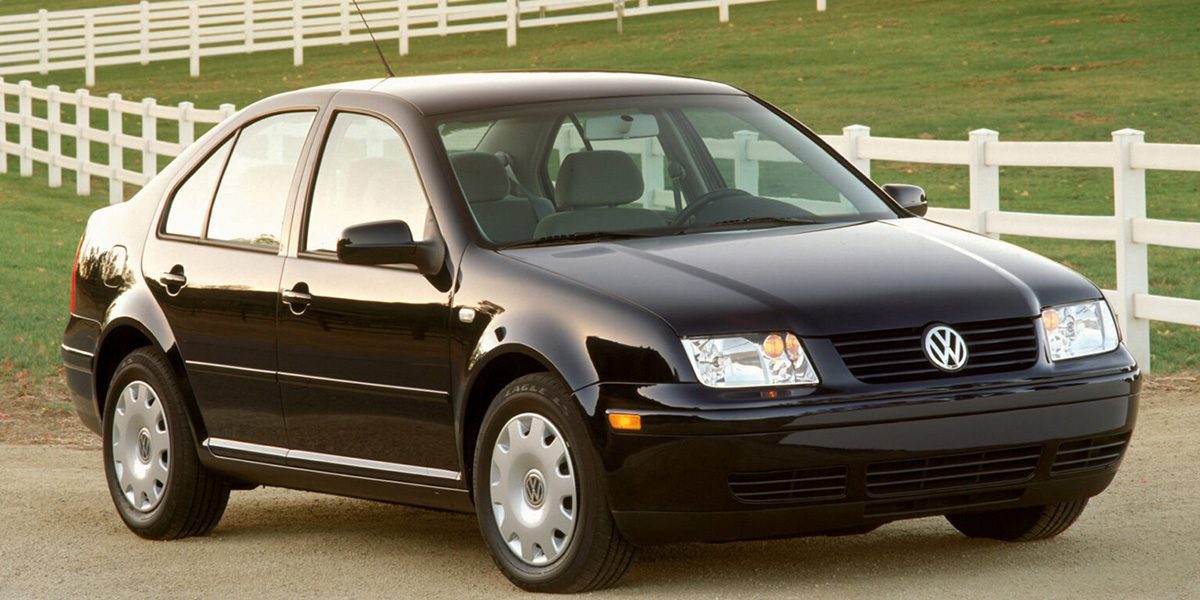
The first-generation Volkswagen Jetta was designed for the growing number of buyers worldwide who wanted more cargo space. This, of course, without sacrificing the performance and style of the first-generation Golf.
The Jetta was so successful that after its introduction in 1980, it became a best-seller in the United States. To date, in that country alone, more than 3.2 million units have been sold.
The Jetta was part of the six models in VW’s lineup in 1980, along with the Rabbit, Dasher, Scirocco, Vanagon, and VW Pickup known as Caddy.
For its time, the Jetta offered a very decent 76 horsepower output from its 1.6-liter inline four-cylinder engine. In addition, a three-speed automatic transmission and the standard five-speed manual, air conditioning, sunroof, tinted windows, and aluminum alloy wheels were available. However, the Jetta’s handling was one of the aspects that most caught buyers’ attention when compact cars with poor handling were abundant.
Volkswagen Karmman-Ghia
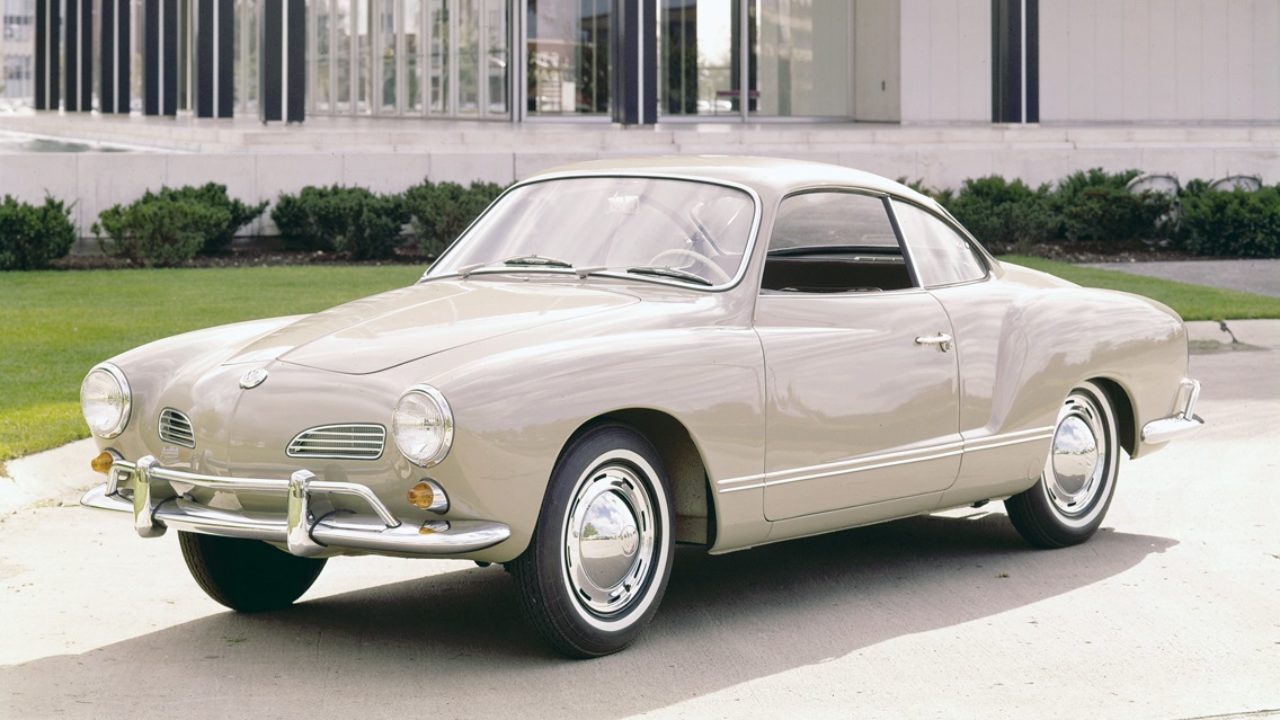
With simple technology and modest power, the Karmann Ghia, a two-seater “sports car” known internally as the Type 14, sold 450,000 over the car’s production life, contributing to VW’s success in the 1950s.
Type 14 soon became known as the “Porsche for housewives.” Where the Beetle was the car of the middle-class family, Volkswagen presented the Karmann as a distinguished alternative for the woman of high society. The two-seater coupe helped the brand’s rise in the 1950s.
The history of the Karman-Ghia began in a Paris garage. Wilhelm Karmann showed Volkswagen executives in October 1953 a prototype designed by his friend Luigi Segre, engineer and head of the Italian design studio Ghia.
Karmann had tried to sell the Wolfsburg bosses an open car and insisted even after Type 14 was approved. He kept trying until a Ghia Cabrio was finally approved, which began production in 1957.
The Karman-Ghia featured a 1.2-liter four-cylinder engine in the rear, with 30 horsepower.
Volkswagen Scirocco
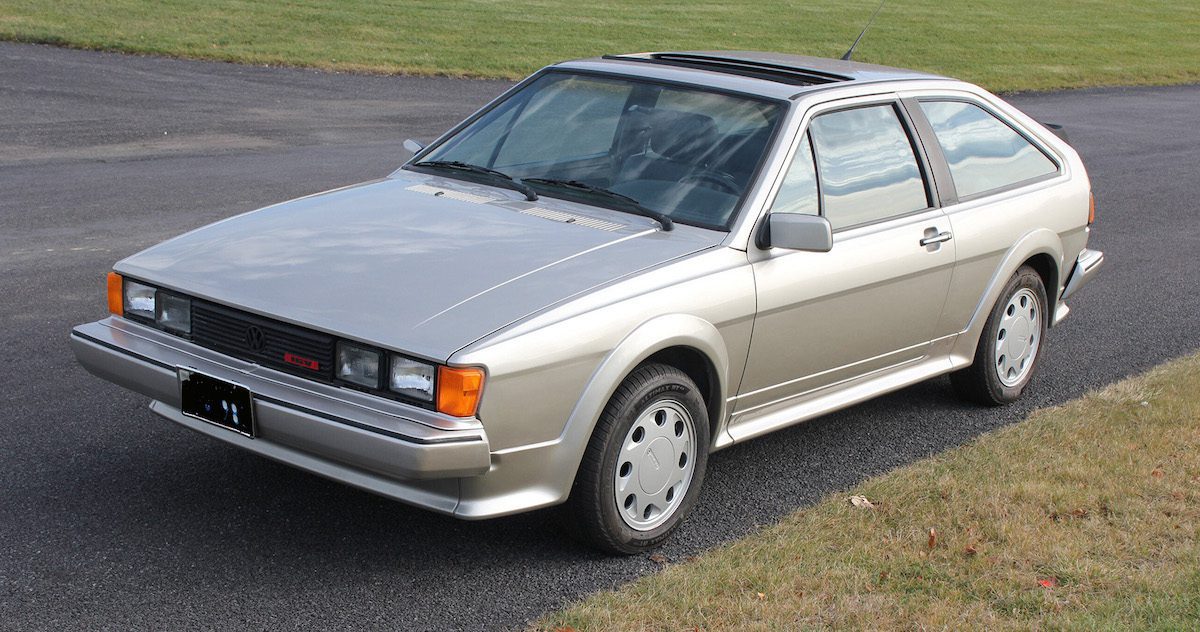
The Volkswagen Scirocco came to fill a particular space within Volkswagen’s lineup. The Wolfsburg folks needed a fresh, youthful product that would add something more to a segment in which the Golf ruled with authority.
And the result was a compact, three-door, four-seater coupe. The Scirocco would be one more piece of the VW trident formed with the Golf and Passat. But, according to enthusiasts, what makes the Scirocco special is the combination of being reliable enough, fast enough, modern enough, but raw.
The first Scirocco inherited the platform from its brother, the Golf, with a more daring and sporty design. That first generation of the Scirocco was the work of Giorgetto Giugiaro. An 8-valve, water-cooled inline-four powered the first VW coupes, pushing out 50-85 horsepower to the front wheels.
The Scirocco is, to date, Volkswagen’s most popular coupe. Its first two generations sold about 800,000 units, and in 2013 the Scirocco hit the one million mark.
Volkswagen Corrado
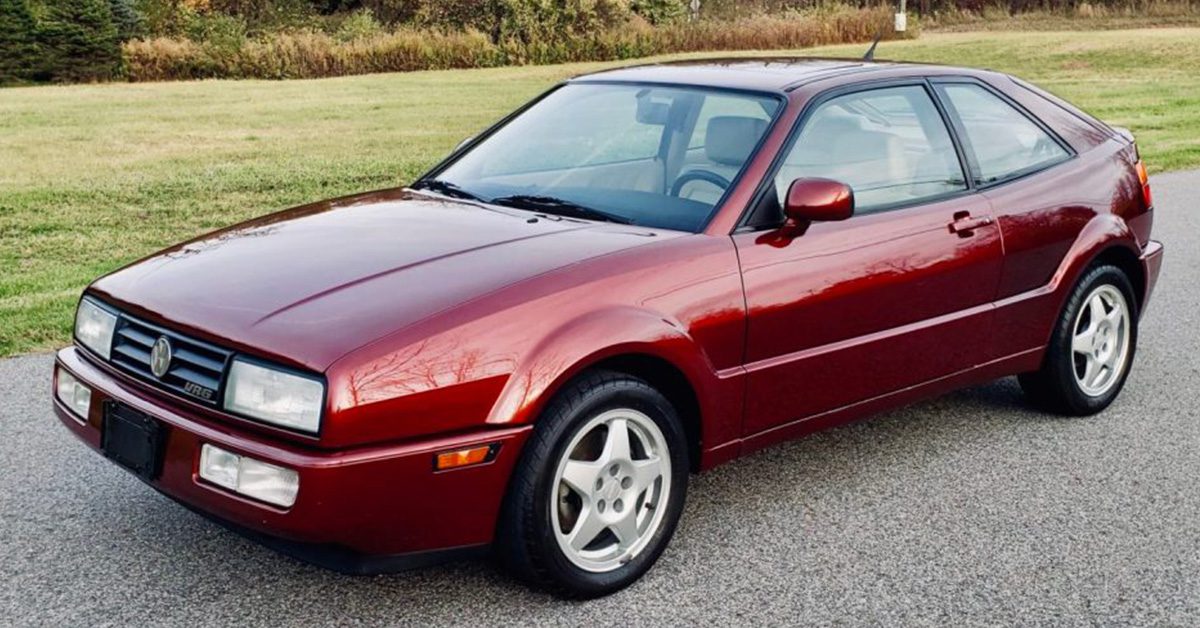
Volkswagen introduced the Corrado in 1988 as a replacement for the Scirocco. It was a four-seater coupe based on the 1987 Typhoon prototype and built on a combination of the A2 (Golf) and B3 (Passat) platforms.
The front of the vehicle used the platform of the Golf MKII. Both cars also shared the same engine. The rear, on the other hand, used the platform of the Passat MKIII.
This unique combination of platforms gave it exceptional handling for the time. As a result, the British magazine Car named it one of the 25 cars to drive before you die.
One of the main peculiarities of the Corrado was its rear spoiler that automatically deploys between 44 and 60 mph depending on the version and retracts when speed decreases.
The Corrado originally had two engines available. The first was a 136-horsepower, 16-valve 1800cc from the Volkswagen Golf GTi. The second option (G60) was a 1800cc 8-valve block equipped with a G-Lader compressor (hence the G designation) and delivering 158 horsepower.
Volkswagen Vanagon Westfalia
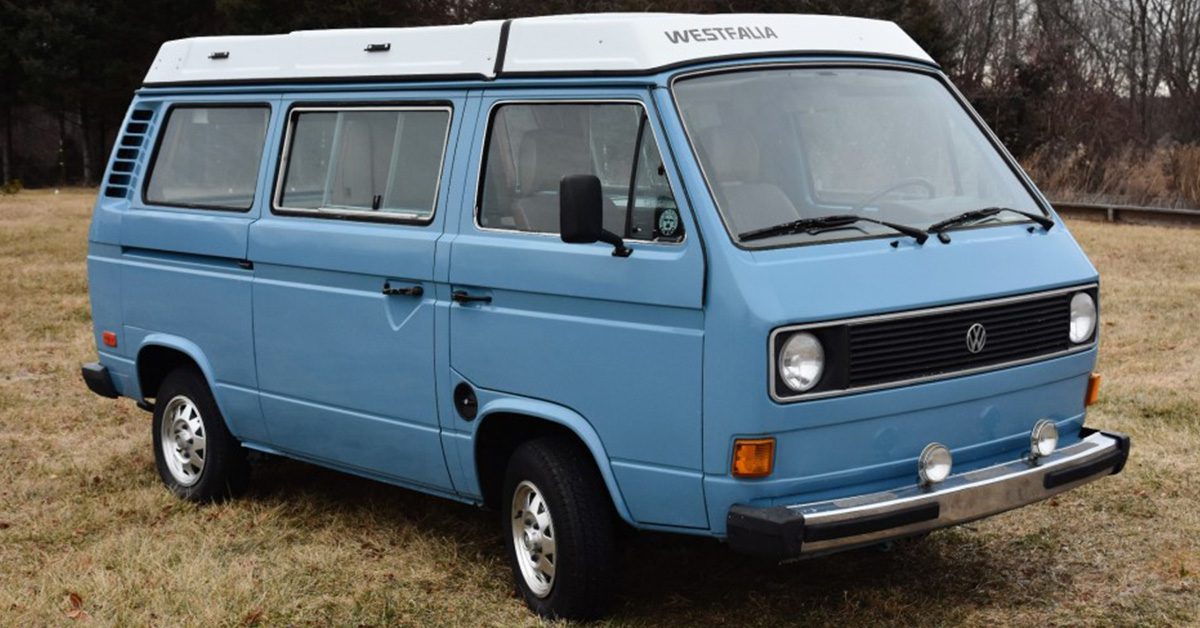
Despite being the only car on our list that is not entirely the work of Volkswagen, the Vanagon Westfalia is a prime example of how VW can carve out niches with its cars.
The Vanagon Westfalia has contributed to popularizing the so-called “van life” movement. Today Westfalias sell like hotcakes and for insane amounts of money.
For Westfalia, the approach with VW came in 1951 when an American army officer reached out to Westfalia about building a camper vehicle, like those already produced as standard on trailers.
In 1952, Westfalia produced its first “Camping Boxes,” based on the VW Transporter. They featured kitchen equipment behind the driver seat, a sink, and a bench seat that folds into a bed.
Two Westfalia Camping Boxes were available: Standard and Export. The standard had a smaller bed, a small hallway, and a drop-down table; Westfalia equipped many with Dormobile roofs. The Export version had a longer bed, a rotary table, stove, and module with sink.
VW New Beetle
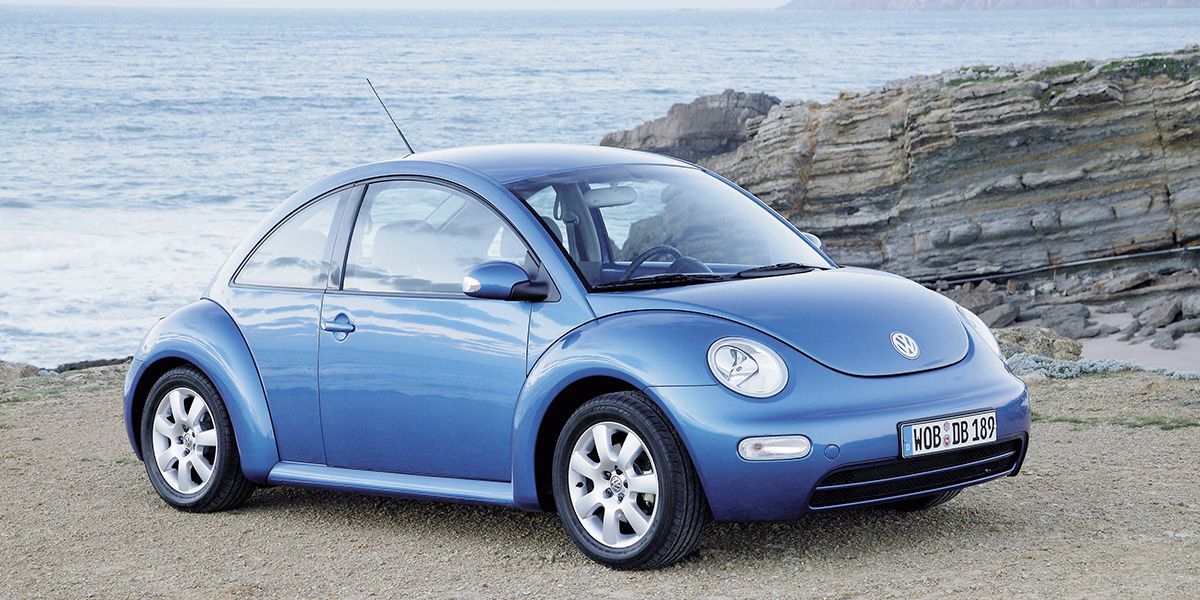
The reinterpretation of the Beetle was a success; the nostalgic and youthful element injected into the car made it an object of desire. The New Beetle was born as a strategy aimed at the American market. VW unveiled the first concept in 1994 and created many expectations and good comments that made the brand speed up its production process.
Although this new Beetle captured the essence of its predecessor, the latest iteration was updated to be a modern car, away from that small classic, and to a certain extent, simplistic Bug.
Volkswagen built the new Beetle on the PQ34 platform shared with several other VAG models, including the Golf IV, SEAT Leon, and Audi A3.
Unlike the old Bug, the new Beetle had a front-tend engine and plenty of safety features and equipment.
Available engines in the Americas were a 2.0-liter gasoline engine that made 115 horsepower and a 1.9-liter diesel with 100 horses. These engines were paired with a four-speed automatic transmission or five-speed manual.
Volkswagen Golf GTi
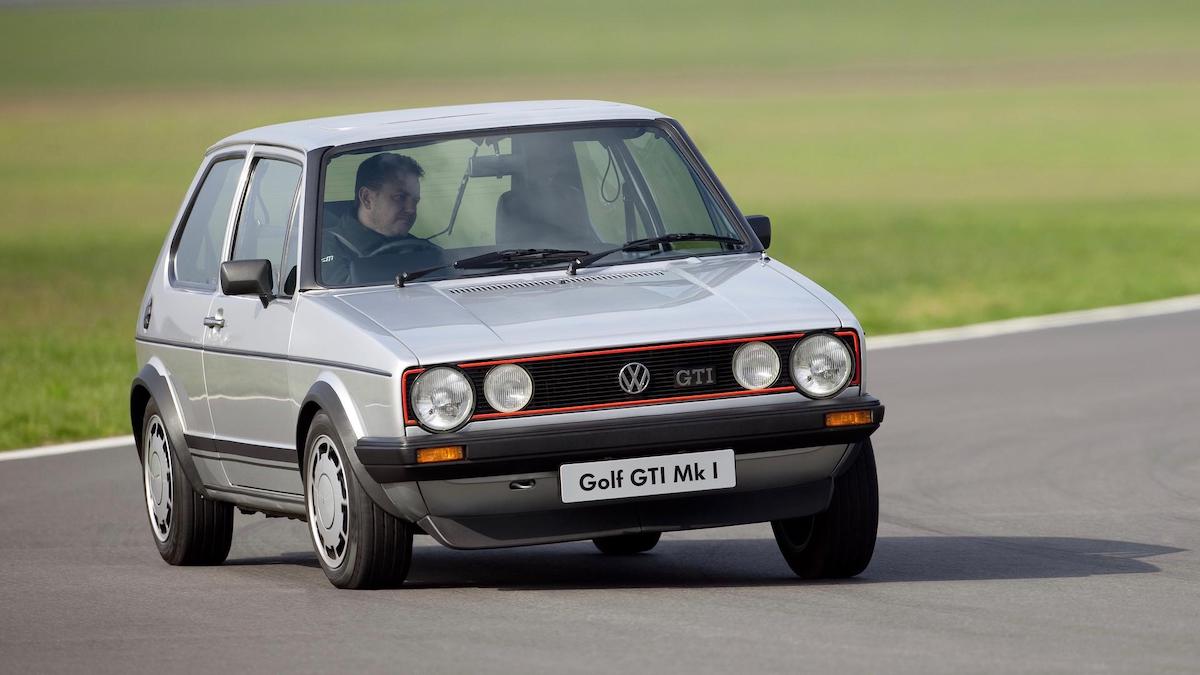
Its development began in 1974, with half a dozen Volkswagen employees, including Anton Konrad, the brand’s press officer. The plan was to create a sports version of the Volkswagen Golf. This plan was secret since there was no official order to develop such a thing. However, Hermann Hablitzel, a member of the Board of Technology, ensured that the project continued.
After many prototypes, In March 1975, Volkswagen introduced this new sporty Golf to the executives, who gave the green light for the project.
The first Golf GTI was unveiled at the International Motor Show (IAA) in Frankfurt in September 1975 and had such good welcome that VW had to speed up its production.
This new Golf came with a fuel injection engine that produced 110 hp. Back then, VW still didn’t have a name for the car. Several acronyms such as TS or GTS were considered but ultimately selected GTI (the acronym for “Grand Turismo Injection”).



